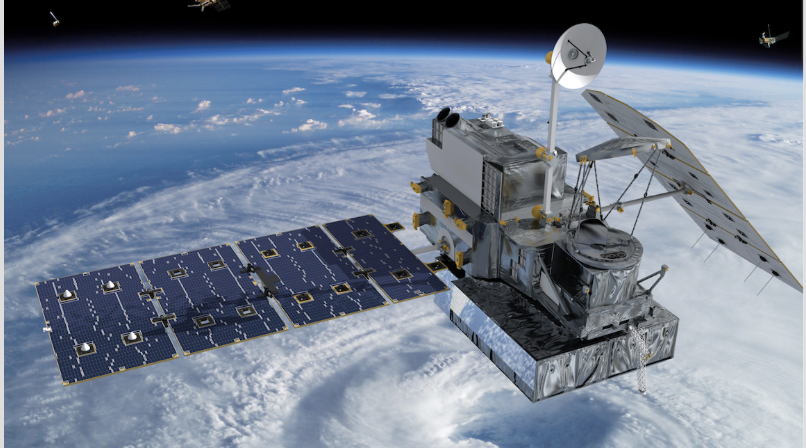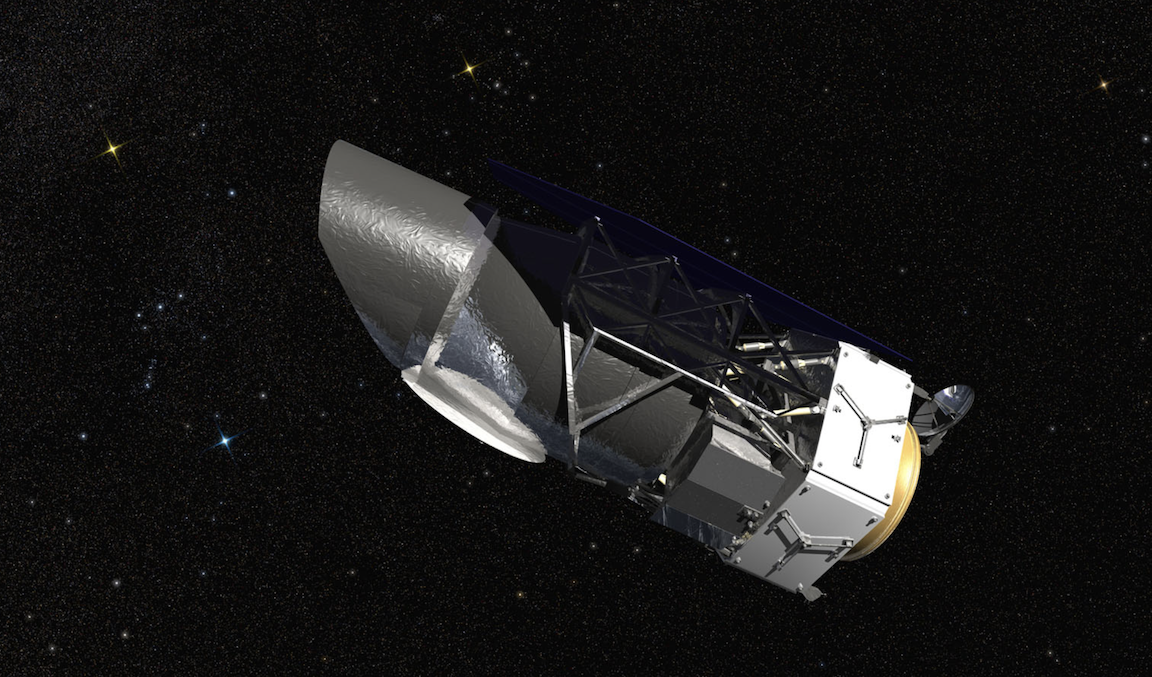
The National Aeronautics and Space Administration (NASA) Goddard Space Flight Center (GSFC) has awarded Thales Alenia Space two contracts concerning the delivery of the Transponders and the Travelling Wave Tube Amplifiers for the Plankton, Aerosol, Cloud, ocean Ecosystem (PACE). and Wide Field InfraRed Survey Telescope (WFIRST) missions.

NASA Goddard Space Flight Center has awarded two contracts concerning the delivery of the Transponders and the Travelling Wave Tube Amplifiers for the Plankton, Aerosol, Cloud, ocean Ecosystem (PACE) and Wide Field InfraRed Survey Telescope (WFIRST) missions to Thales Alenia Space.
Planned for a launch in 2022-2023, the PACE satellite will be capable of collecting radiometric and polarimetric measurements of the ocean and atmosphere, from which ocean ecological, ocean biogeochemical, cloud and aerosol particle data will be determined.
PACE is a strategic continuity mission, sponsored by NASA’s Earth Science Division, responding to the challenge of climate and environmental change. The PACE observatory is comprised of three instruments: the Ocean Color Instrument (OCI) and two Polarimeters (HARP2 and SPEXOne). It is planned for launch into a Sun synchronous polar orbit at 676.5 km altitude.

The National Aeronautics and Space Administration (NASA) Goddard Space Flight Center (GSFC) has awarded Thales Alenia Space two contracts concerning the delivery of the Wide Field InfraRed Survey Telescope (WFIRST) missions
WFIRST is a NASA strategic mission rated as the top-priority large-scale project in the “New Worlds, New Horizons in Astronomy and Astrophysics”. The WFIRST observatory is designed to settle essential questions in the areas of dark energy research, exoplanets detection and infrared astrophysics. It will answer basic questions about dark energy, such as whether cosmic acceleration is caused by a new energy component or by the breakdown of General Relativity on cosmological scales.
WFIRST also plans to complete a census of circa 2,600 Exoplanets in the inner Milky Way to answer questions about potential life in the universe. The WFIRST spacecraft will be equipped with an infrared telescope with a primary mirror the same size as in the Hubble Space Telescope -2.4 meters in diameter—and two instruments, the Wide Field Instrument and the Coronograph.
The Wide Field Instrument will have a field of view that is 100 times greater than the Hubble infrared instrument, capturing more of the sky with less observing time. WFIRST is designed for a 5-year mission with a targeted launch in 2025. It will operate at approximately 1.5 million kilometers from Earth in an orbit around the L2 Lagrange point of the Sun-Earth system.

